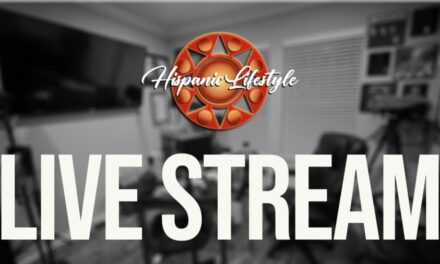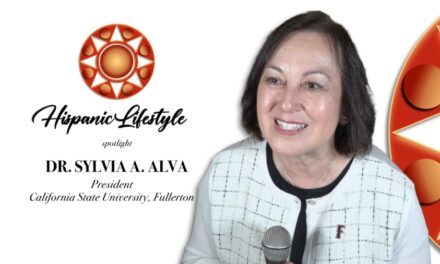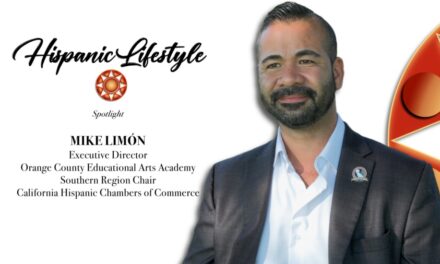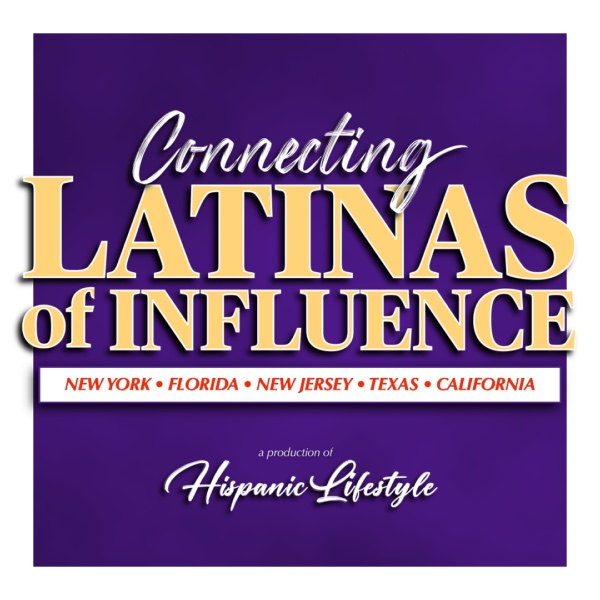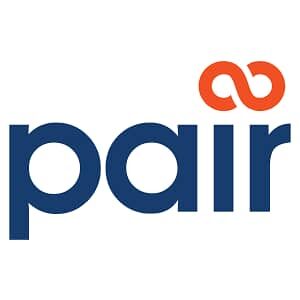
Student Debt a Civil Rights and Consumer Protection Crisis
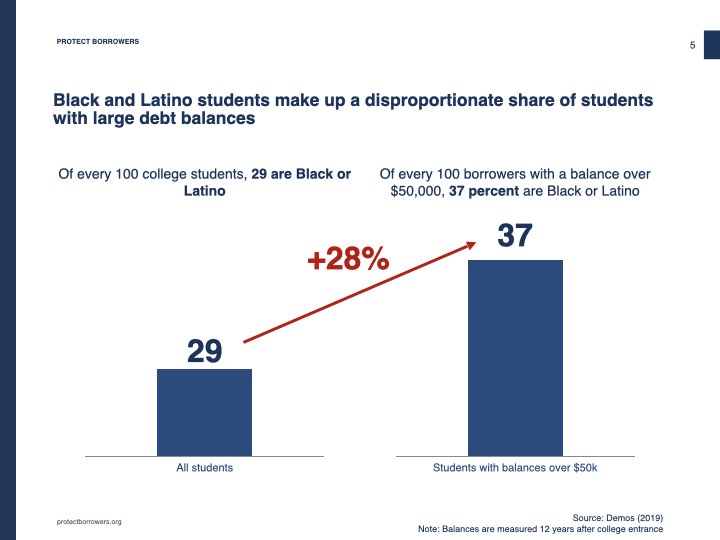

Hi my name is, Gabriela and I still owe $30,000 in student loan debt.
I know I’m not alone here, right?
I am a first generation post college graduate. My family migrated to the United States from Mexico. When I told my parents I was going to college they were happy for me because they knew the value of having a higher education would lead to a good paying job. Of course, it was never my expectation they would help me financially. Having no financial support from my parents, I did the next best thing, I borrowed money. I was an average student, so it was never my intent to get into an Ivy League school. I focused on the next best thing, Community College.
My Community College was affordable at the time and since I had no idea what I wanted to be when I grew up, I figured this was the best educational path. I applied for financial aid and from what I can recall it covered most of the cost. The reminder I would pay with my part-time jobs. As my ambition to learn increased, so did the need to borrow more money.
Fast forward, I have a career that pays me a more than an average salary. I have good credit, I own a car, a home and I’m still able to pay my student loan. The sad truth for many other students who borrowed money to pursue their dreams of higher education is the shattered reality of borrowing money they just can’t pay back.
Kat Welbeck, is a Civil Rights Counsel at the Student Borrower Protection Center. Ms. Welbeck stated that we need to see the student debt crisis as both a Civil Rights Crisis and a Consumer Protection Crisis. The economic impact on black and latino students leads to racial wealth gaps. Ms. Welbeck stated that, “90% of black students and 72% of latino students take on debt to pay for college compared to about 66% of white students. There is also a hardship in repayment of student loans for minority groups. Ms. Welbeck stated that research shows that, 20 years after starting college black students still owe 95% of the debt while medium white students have paid 95% of their initial balance”. Typical latino borrower still owes 83% compared to white students who paid down half over a 12 year span. Defaulting on student loan debt leads to severe consequences in which a borrower has a negative reporting on their credit. They can have their wages garnished, tax returns withheld, they can’t buy a home, can’t find a job or have their professional license revoked. So what can we do?
Call your elected officials and demand student loan forgiveness and to make college affordable for everyone who wants to attend. Why you ask because, student debt totals 1.7 trillion dollars held by 43 million student borrowers. The fear of going into student debt has lead to the decline in student college enrollment.
As parents we encourage our children to pursue higher education because that leads to greater career opportunities. I have an 11 year old son who talks about being the President of the United States. It’s unfair to think that he would be denied the greatest honor of our land because he couldn’t afford college and if he defaults on his student loan debt, well we know what happens next.
Tips: Do your research first before signing on to that student loan. Do you qualify for financial aid, are there scholarships. Talk to other college students. Find a school counselor or teacher who can guide you through the process. More importantly be cautious of predatory institutions whose business model is to target communities of color with promises of good paying jobs that result in no degree, no job and a high interest rate student loan.
We’ve included helpful links:
A great resource if you need assistance with your student loan debt: www.heraca.org
The California agency where undocumented students can apply for state financial aid is the California Student Aid Commission. For more information go to https://www.csac.ca.gov/post/resources-california-dream-act-application
Related Articles
On The Menu | Tacos & Beer Mi Lindo Mexico
Our first visit to Tacos & Beer Mi Lindo Mexico, located in Temecula, California, was delicious. We were there on a Saturday night to celebrate a great baseball season. Our group ordered a variety of dishes, and everyone had the same great experience. ...
Favorite Multi-Location Restaurants of 2024
Throughout 2024, Hispanic Lifestyle had the pleasure of visiting the following restaurants multiple times. Each establishment stood out for its consistent quality, exceptional service, and outstanding value. These are the key reasons why we’ve chosen to highlight...
California respeta el poder de su voto – Por Shirley N. Weber, PhD, Secretaría del Estado de California
Los californianos pueden afirmar con confianza lo siguiente: California ha realizado más reformas significativas en nuestras leyes electorales y ha ampliado más los derechos al voto que ningún otro estado. La relevancia de este logro se acentúa a medida que nos...


